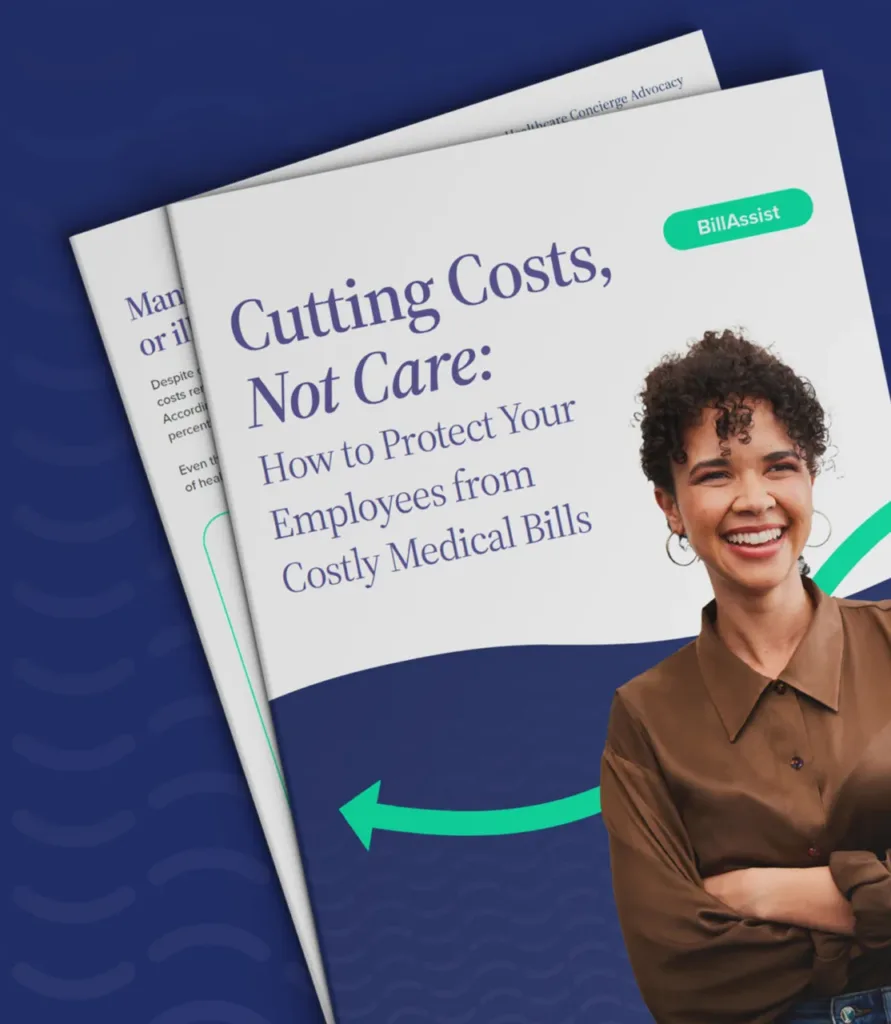Transitioning to a new insurance plan, or just trying to understand the one you have? We get it. Sometimes trying to understand your benefit coverage can feel like trying to read a book in a language you don’t speak. Amidst the jargon and paperwork, you might feel a little lost. But here’s the good news: we’ve got you covered. Below is a simple roadmap to help you choose and grasp the best coverage for you, ensuring you maximize benefits while minimizing expenses.
1. Understanding your Health Benefit Coverage
Ever wondered, “Is this covered?” You’re not alone. It’s the most common question we get from members and for good reason. Knowing what’s covered before you seek care not only aids in planning but also prevents unforeseen expenses.
Services: Some covered services may be completely free to you, like going to your primary care doctor for a physical. Your plan pays everything. For others—you’ll pay a fee depending on the type of insurance you have and if you’ve met your deductible. Pro tip: Ask your plan for a Summary of Benefits and Coverage.
Prescriptions
Ensure your medications are covered. Remember to check in-network pharmacies and rules around mail order. Pro tip: Review the drug list or formulary of your plan to see what’s covered.
Providers
Is your doctor in-network? Many healthcare providers will answer “yes” if you ask if they accept your insurance, but this doesn’t guarantee they are in the network. Always clarify they’re also “in network”, as this distinction can affect your out-of-pocket expenses. Pro tip: Use your plan’s network, provider or doctor search tool.
2. How to Navigate the Financial Side of Your Health Plan
Let’s demystify the financial terms often embedded in your insurance paperwork. Whether it’s understanding what you owe every month, gauging how much you’ll need to initially pay out of pocket or decoding the costs shared between you and your insurance provider, clarity is crucial.
Here’s a breakdown of the key terms you’ll encounter and what they mean for your wallet:
Premium: The monthly amount deducted from your paycheck.
Deductible: Before your insurance covers costs, you’ll first need to meet your deductible. For instance, a routine doctor’s visit might cost you $150 or $200, while a more significant event like an ER visit could mean paying your entire deductible (which could be in the thousands) at once. Receiving such substantial bills unexpectedly can be startling for many.
Co-pays vs Coinsurance: These are two ways you share the cost of healthcare services with your insurance. A co-payment, or co-pay, is a fixed amount you pay upfront for a service, like $25 for a doctor’s visit. On the other hand, co-insurance is a percentage of the total cost that you bear. For example, if your insurance covers 80% of a hospital bill, you’ll be responsible for the remaining 20% as co-insurance. It’s essential to be aware of these costs, as you might encounter a minimal co-pay for routine services, but co-insurance can lead to larger out-of-pocket expenses for significant treatments or procedures.
Out-of-Pocket Maximum: The most you pay in a year before the plan covers 100%.
3. Avoid Surprise Exclusions & Limitations
Some treatments or services might not be covered, have limitations or might only be covered under specific conditions. Staying informed will help you steer clear of unexpected bills. Exclusions and limitations can be found on your member portal within your health insurance carriers’ website.
4. Take Advantage of Perks and Value-Added Features:
Some plans offer additional perks like wellness incentives, gym discounts or telehealth services. Ask your insurance company if you have access to any additional benefits and use them! They can be valuable to your health and lower long-term healthcare costs!
5. How to Manage Ongoing Care:
If you do have a new insurance plan, understand how it affects any ongoing treatment. Check to see if your doctor, hospital or other providers are in network with your new plan. If not, contact the new plan immediately to seek authorization for continuity of care.
Whether you’re transitioning, evaluating or optimizing your health plan, having a clear view of your insurance coverage is important. Navigating your plan might seem tricky, but with the right resources and support, it becomes manageable.
Editor’s note: Emry is a health-cost navigator committed to maximizing the value of employer and employee healthcare investments and removing complexity to create better, lower-cost benefit experiences. By proactively guiding patients before and after treatment, we help employees make smart healthcare choices that save them—and their employers—significantly.



